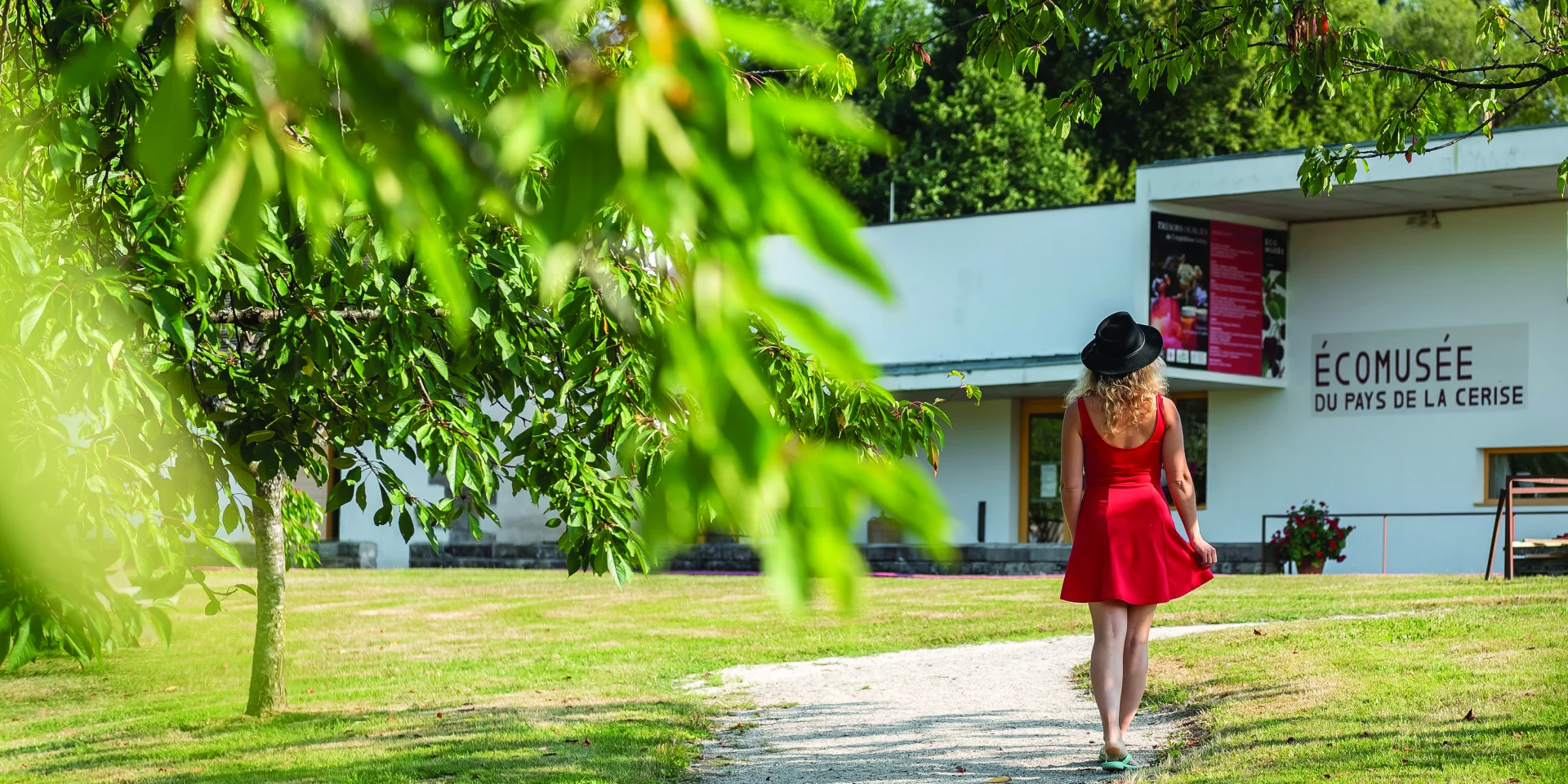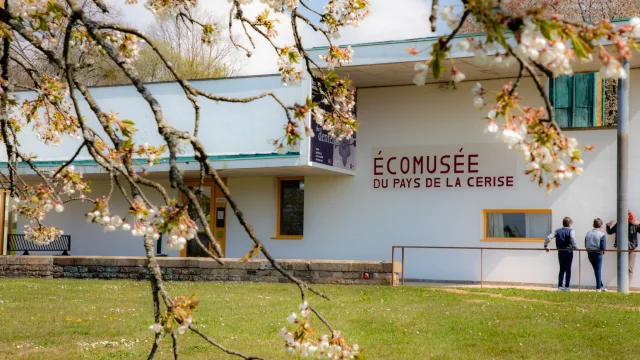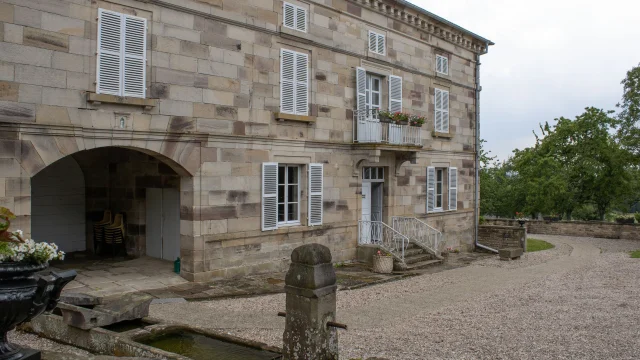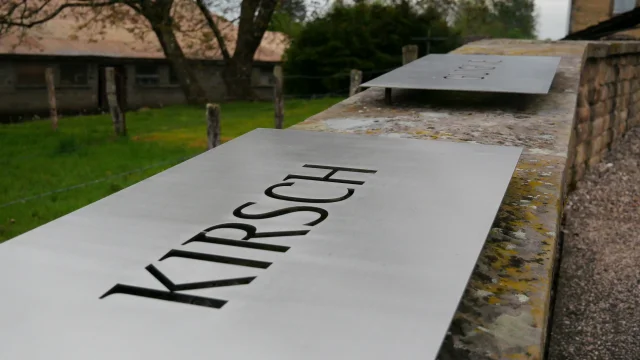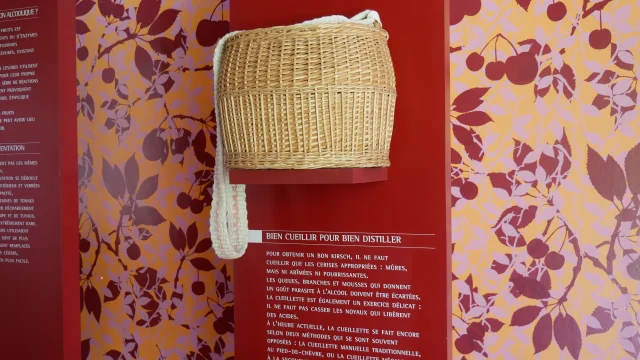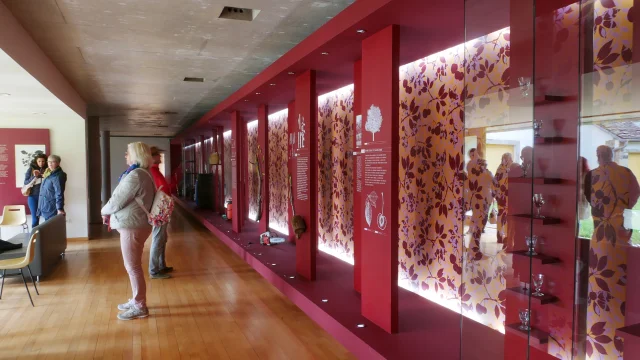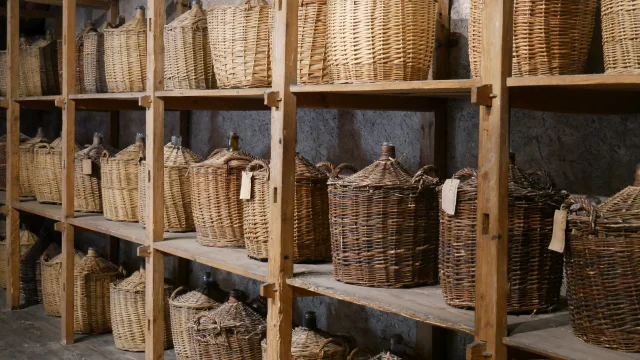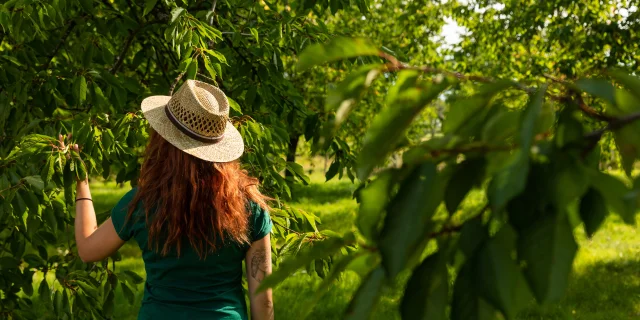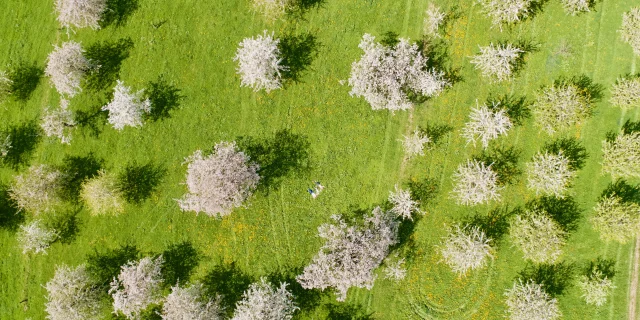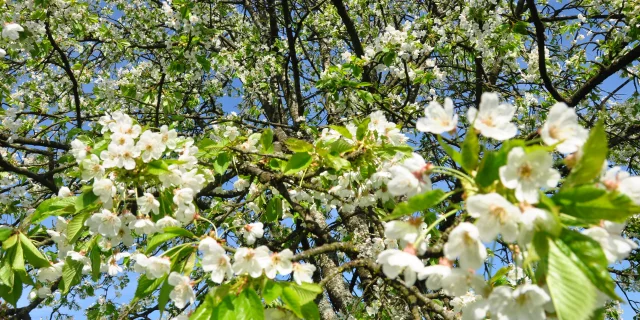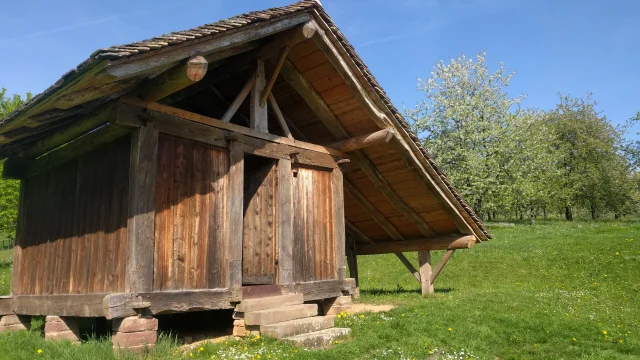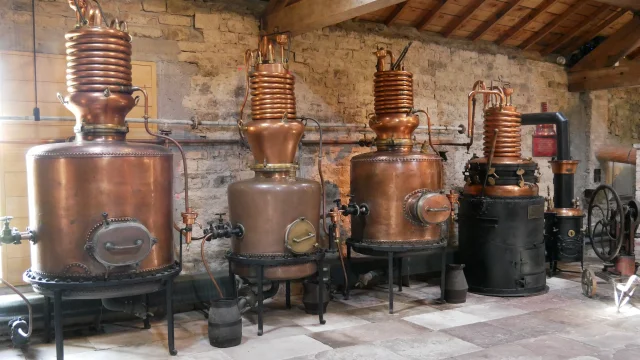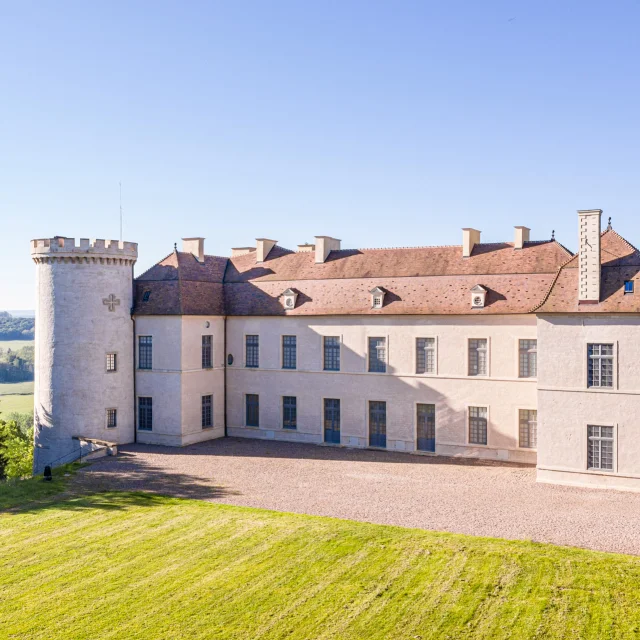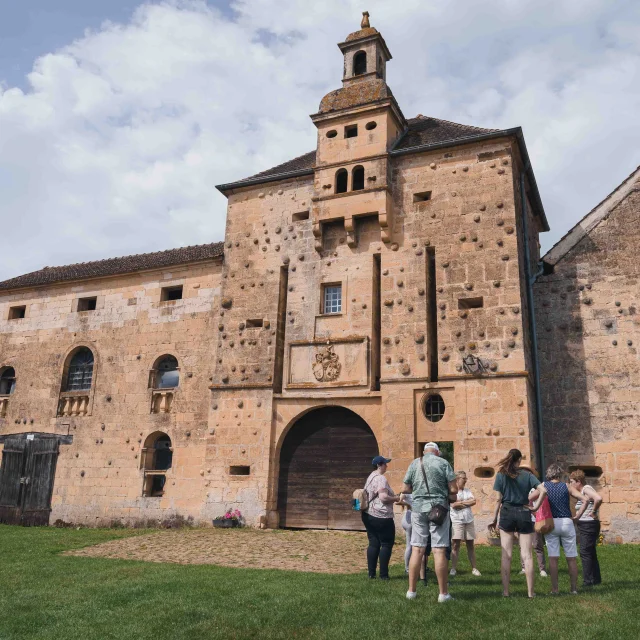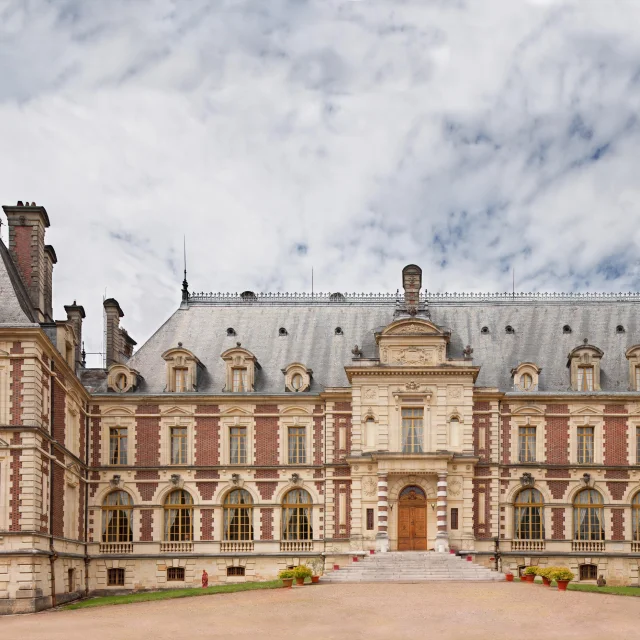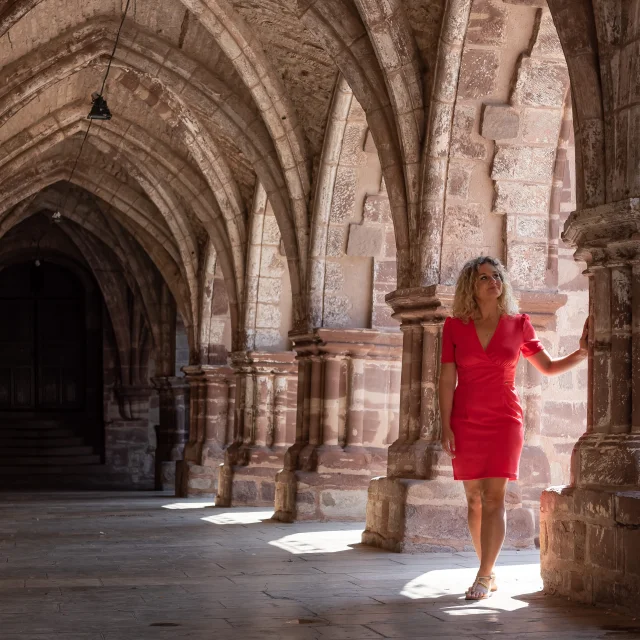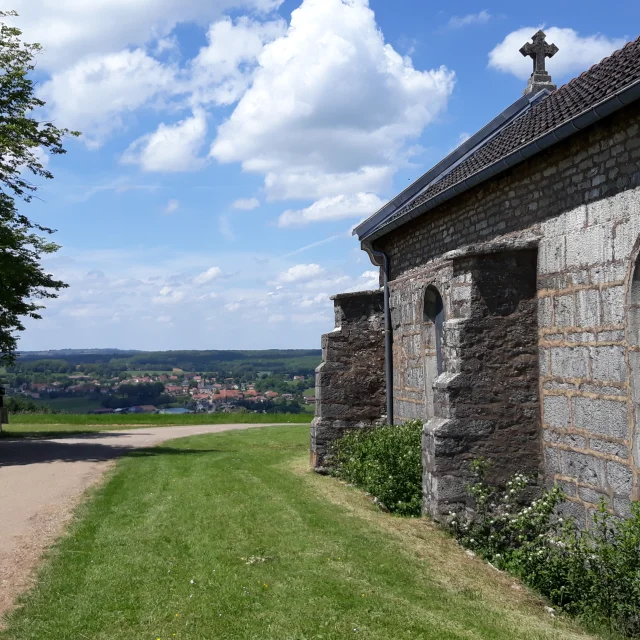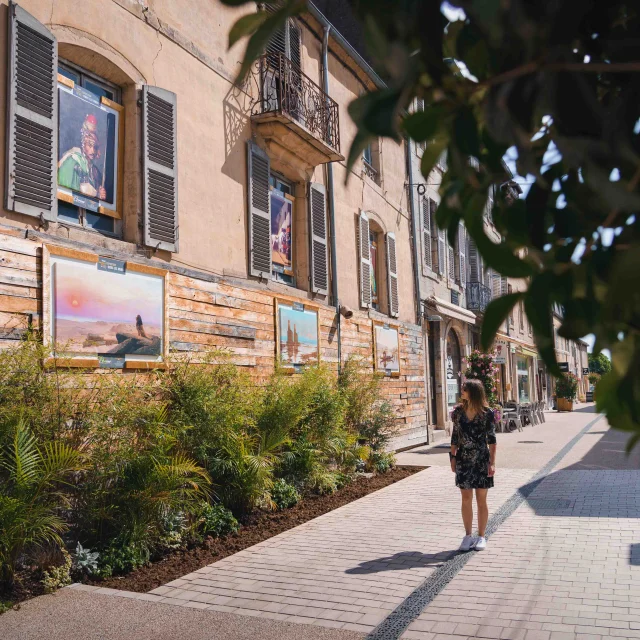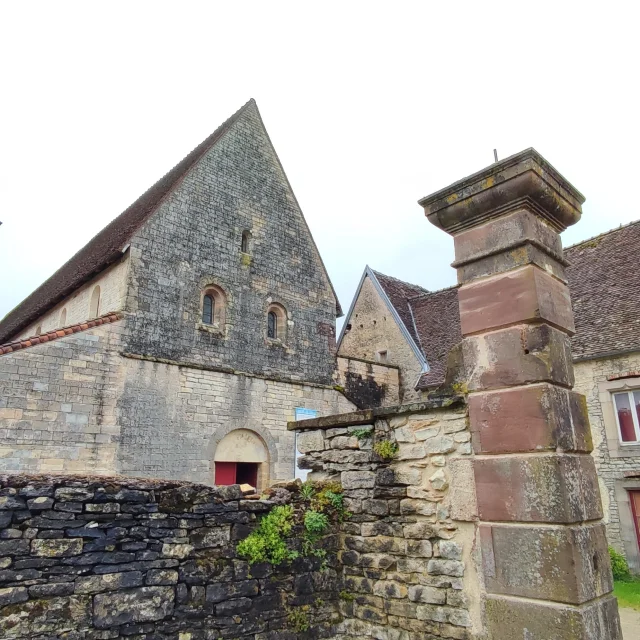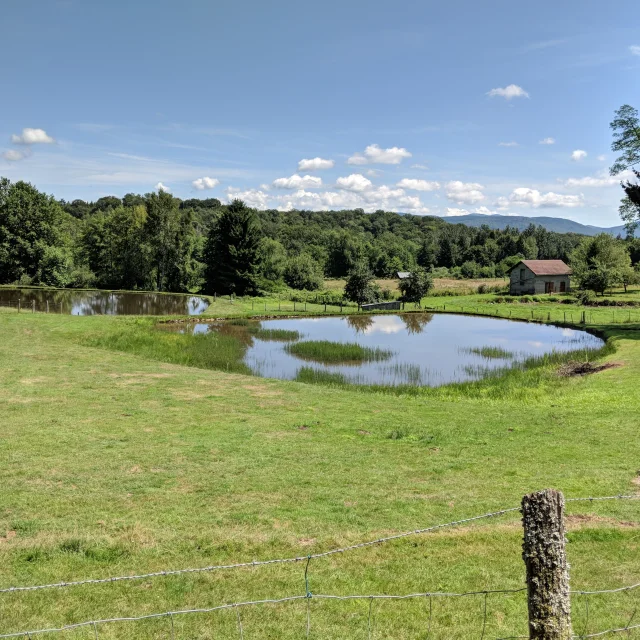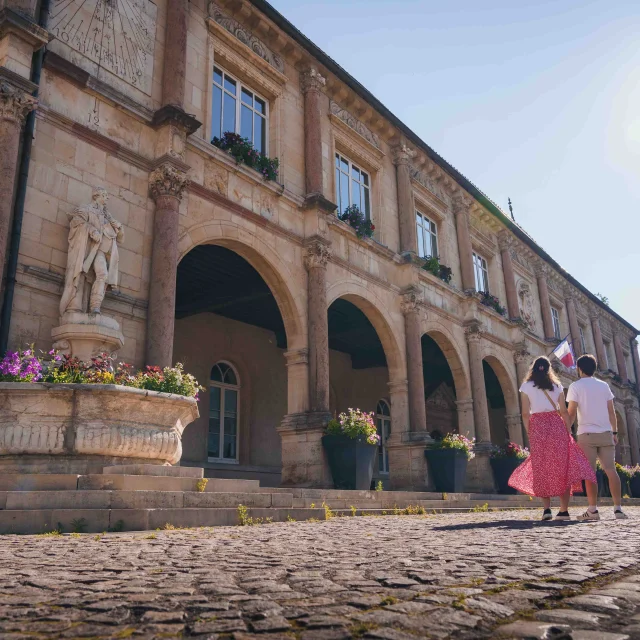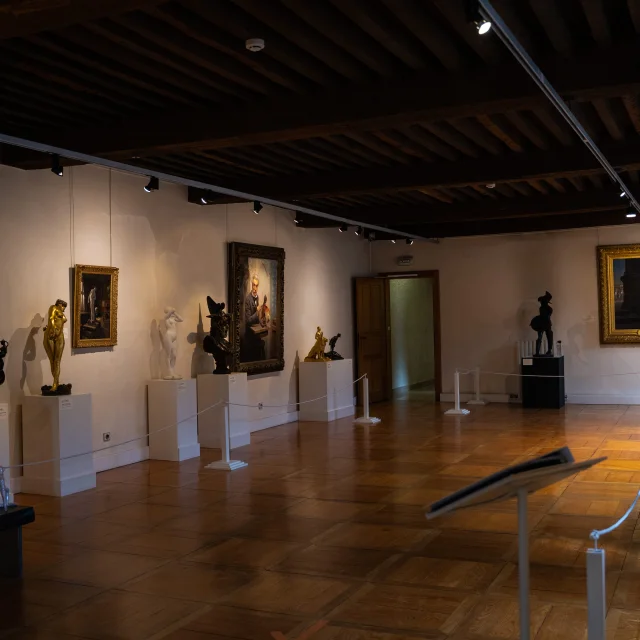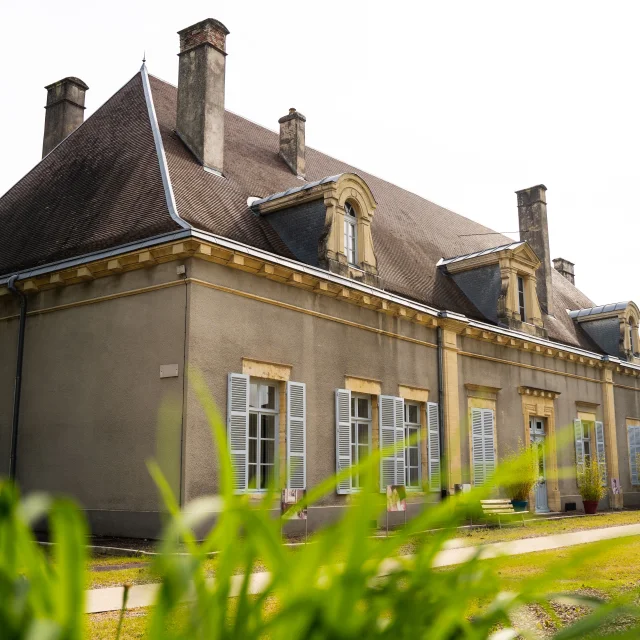The cultivation and distillation of cherries has enabled Fougerolles-Saint-Valbert to prosper, and is still an important activity today. Today, more than 15,000 trees produce 500 tonnes of cherries every year.
The Ecomusée explores the history of cherry distillation, an activity that has been emblematic of the region since the 17th century, combining age-old traditions with modern innovations. You’re about to explore 150 years of know-how.
Relive the history of cherry growing and kirsch production on an immersive tour. From tending the cherry trees to marketing the products, the Ecomusée helps you understand how Fougerolles-Saint-Valbert became a major player in French distilling.
The tour begins in front of the manor house, which has had nine occupants, all of them kirsch producers. Once inside, head for the kitchen, furnished with objects typical of the region, before being led through the different rooms of the house, each rich in history and period objects: the dining room, the study, the bedroom, the chai (or storage room) with its oak or ash barrels and the attic where the kirsch was stored in carboys for ageing. In this room, admire the wooden framework and discover how traditional distillation evolved into a flourishing industry, before declining with the ban on absinthe in 1915. The visit ends with the unmissable still room.
